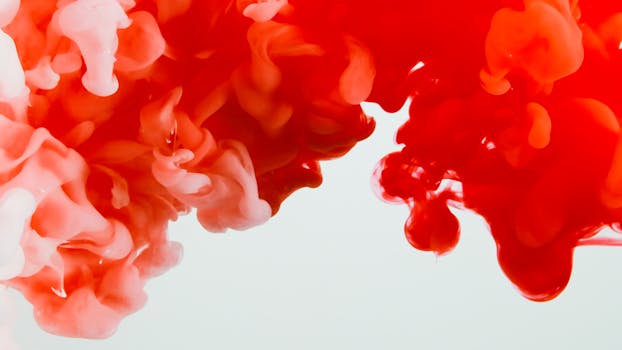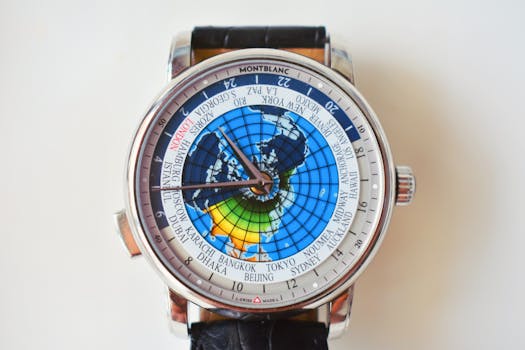
Mixing Textures and Patterns for a Dynamic Look in WordPress
Mixing textures and patterns is a great way to add depth and visual interest to your WordPress website. Mixing textures and patterns can help create a dynamic look that engages your audience and sets your website apart from others. In this article, we will explore the benefits of mixing textures and patterns and provide tips on how to do it effectively in WordPress.
Benefits of Mixing Textures and Patterns
Mixing textures and patterns can add a lot of visual interest to your website, making it more engaging and dynamic. It can also help to create a unique and memorable brand identity. By combining different textures and patterns, you can create a look that is both visually appealing and professional. Additionally, mixing textures and patterns can help to break up large blocks of text, making your content more scannable and easier to read.
Tips for Mixing Textures and Patterns in WordPress
When it comes to mixing textures and patterns in WordPress, there are a few things to keep in mind. First, it’s essential to choose textures and patterns that complement each other and fit with your brand’s overall aesthetic. You can use WordPress plugins such as Texture Overlay or Pattern Designer to add textures and patterns to your website. You can also use CSS to add custom textures and patterns to your website’s design.
Popular Textures and Patterns for WordPress
There are many different textures and patterns that you can use in WordPress to create a dynamic look. Some popular options include wood textures, stone textures, and geometric patterns. You can also use photographs or illustrations as textures and patterns to add a unique and personal touch to your website.
Best Practices for Mixing Textures and Patterns
When mixing textures and patterns, it’s essential to follow some best practices to ensure that your website looks professional and visually appealing. First, make sure to balance your textures and patterns with plenty of negative space to avoid overwhelming your audience. You should also choose textures and patterns that are high-quality and resolution-independent to ensure that they look great on all devices. Finally, be mindful of accessibility and make sure that your textures and patterns do not interfere with the readability of your content.
Conclusion
Mixing textures and patterns is a great way to add depth and visual interest to your WordPress website. By following the tips and best practices outlined in this article, you can create a dynamic look that engages your audience and sets your website apart from others. Remember to choose textures and patterns that complement each other and fit with your brand’s overall aesthetic, and don’t be afraid to experiment and try new things.
With the help of WordPress plugins and CSS, you can easily add custom textures and patterns to your website’s design. So why not give it a try and see the difference it can make? Your audience will thank you, and your website will look more professional and visually appealing than ever before.






